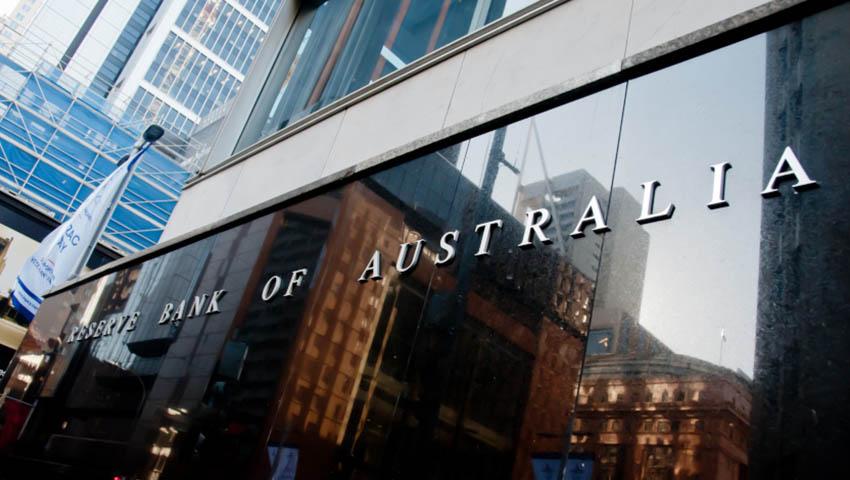RBA reveals September cash rate - 2021
Spring may have arrived – but has the promise of warmer weather and a path out of lockdown swayed the Reserve Bank of Australia (RBA) away from its record low cash rate?

In an unsurprising announcement, the RBA has left the official cash rate at the record-low level of 0.1 per cent.
With New South Wales, Victoria, and the Australian Capital Territory all persevering through extended lockdowns until vaccination rates are boosted, it’s no surprise the RBA has maintained its position.
Despite the economic challenges, property markets Australia-wide are still experiencing strong success.
ANZ recently recalculated its yearly forecast – now expectant of total price gains upwards of 20 per cent across the nation for the 12 months of 2021.
At the same time, affordability constraints are sharpening, as prices surge amid a lack of supply.
Harley Dale, the chief economist at CreditorWatch, has acknowledged Australia as now facing nine consecutive months at the all-time low.
He believes “the board of the RBA won’t be altering that situation for a substantial time against the background of the seemingly endless lockdowns”.
Mr Dale explained: “As the duration of lockdowns increases so does business uncertainty – this is the biggest enemy we confront through the remainder of 2021. Complementary RBA policies to maintain downward pressure on borrowing costs will also persist. This is vital to businesses, especially Small and Medium-sized Enterprises (SMEs) which are disproportionately affected by the current economic conditions.”
With Australia’s path out of lockdowns to be paved through increased vaccine rates, the chief economist is not all doom-and-gloom, noting that at some point, “economic conditions will be ripe for a strong recovery”.
“Businesses across all industries will need a strategy to leverage the opportunities that will present themselves. That seems a long way off right now but it will happen and businesses will do well to be prepared.”
